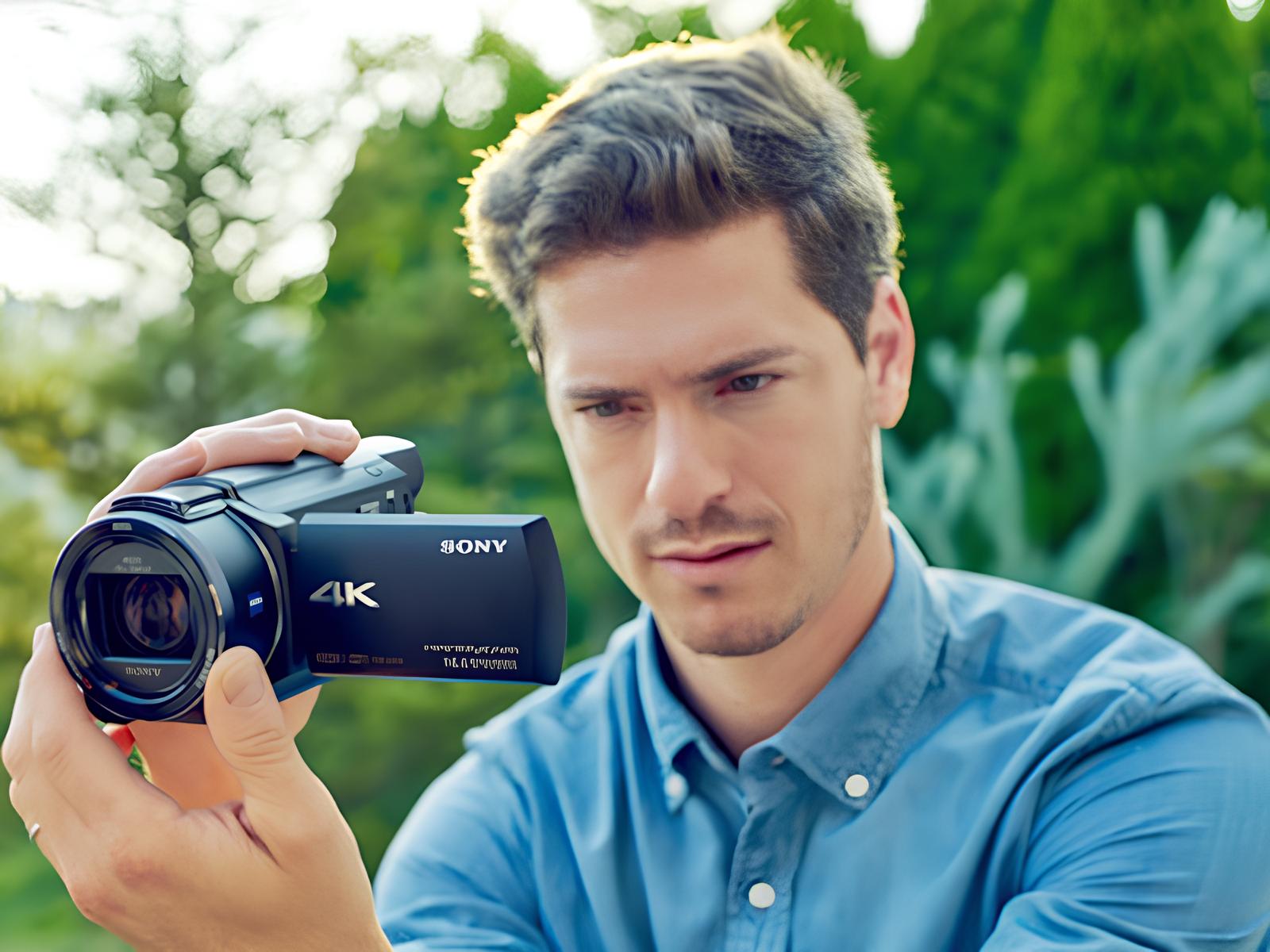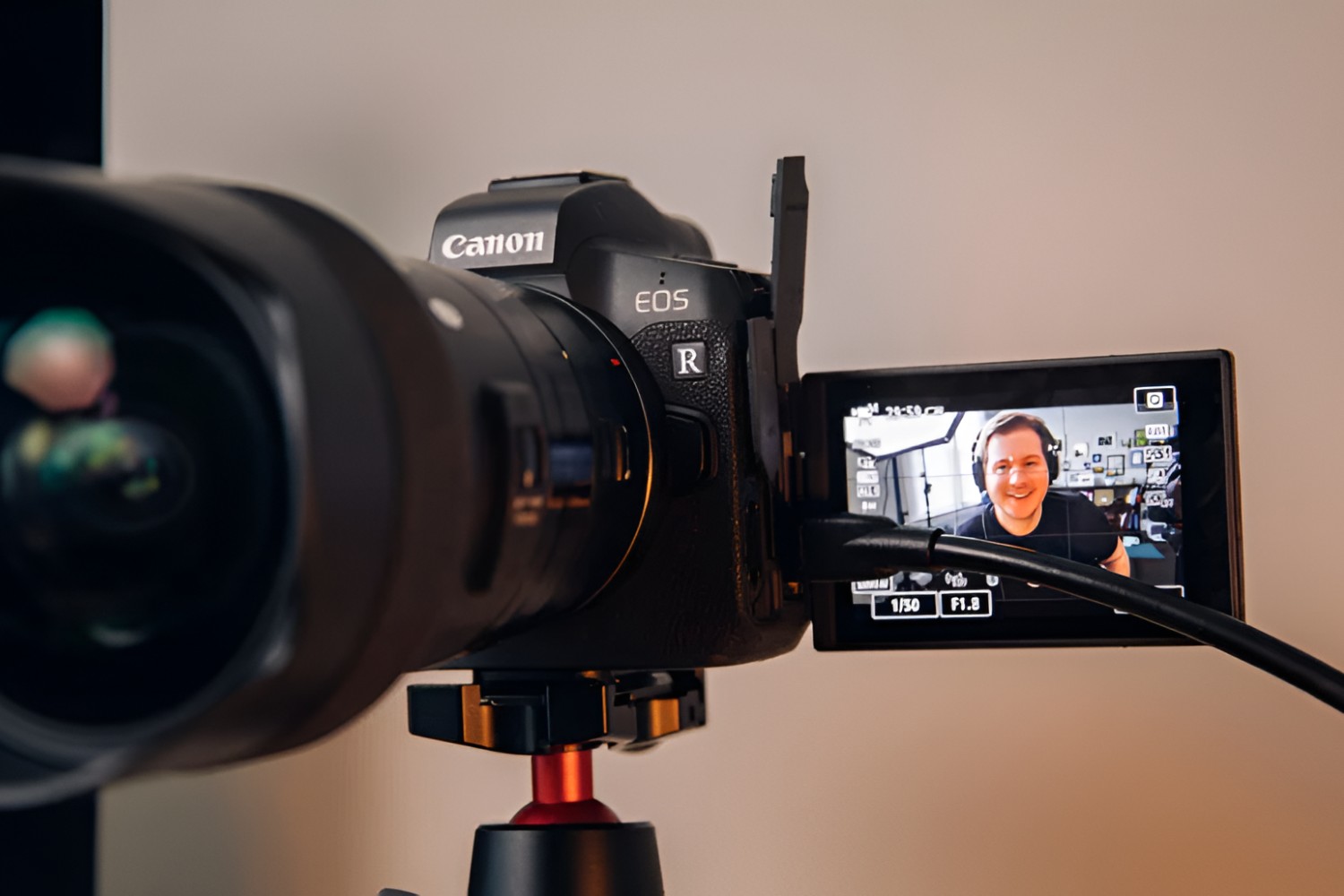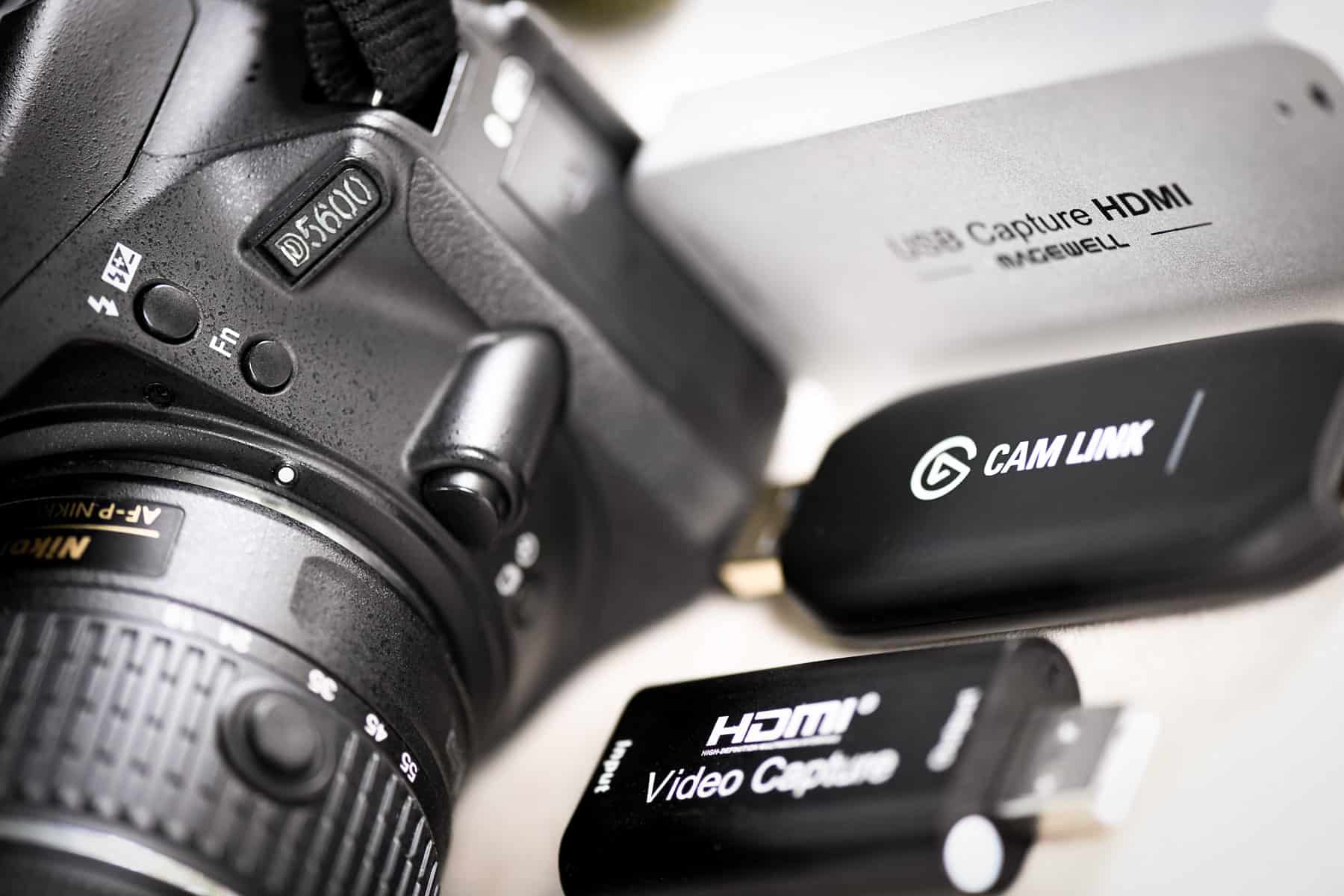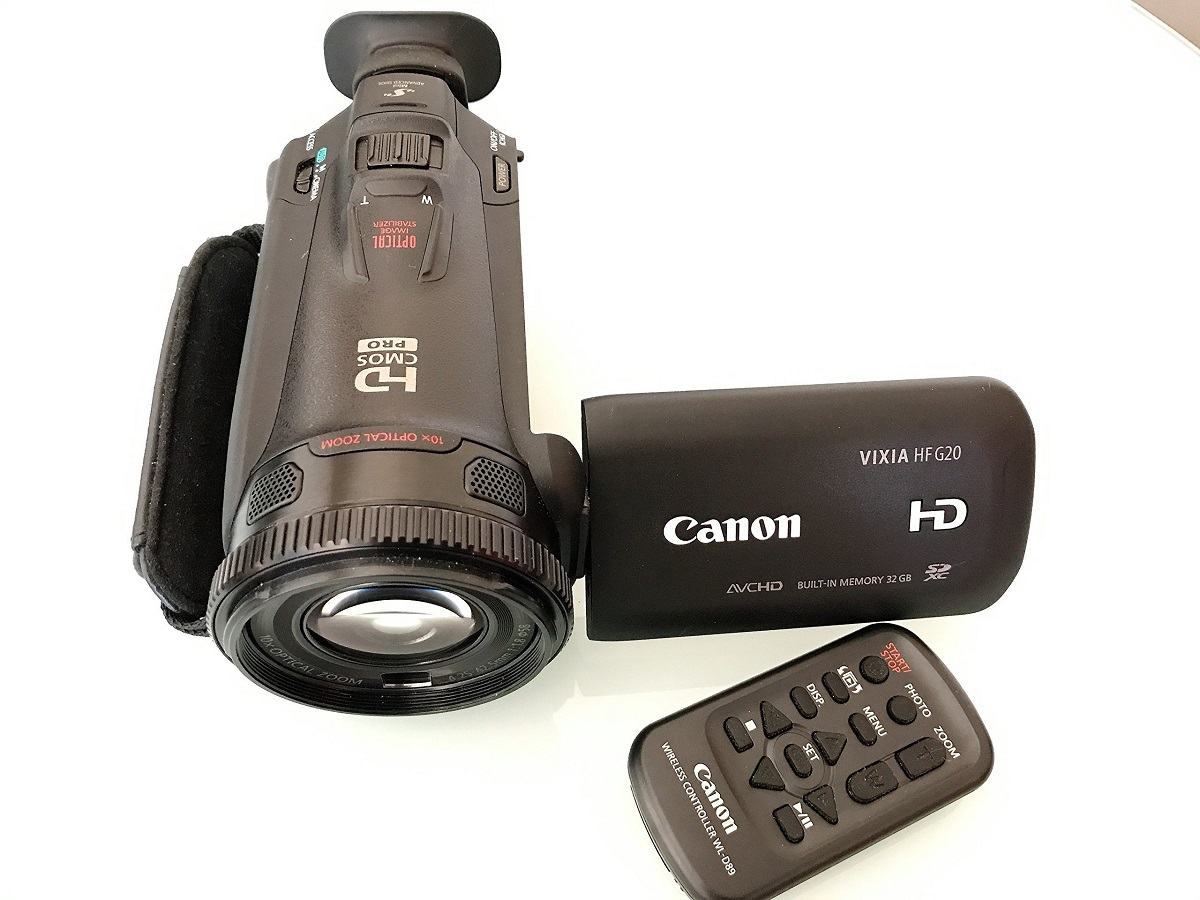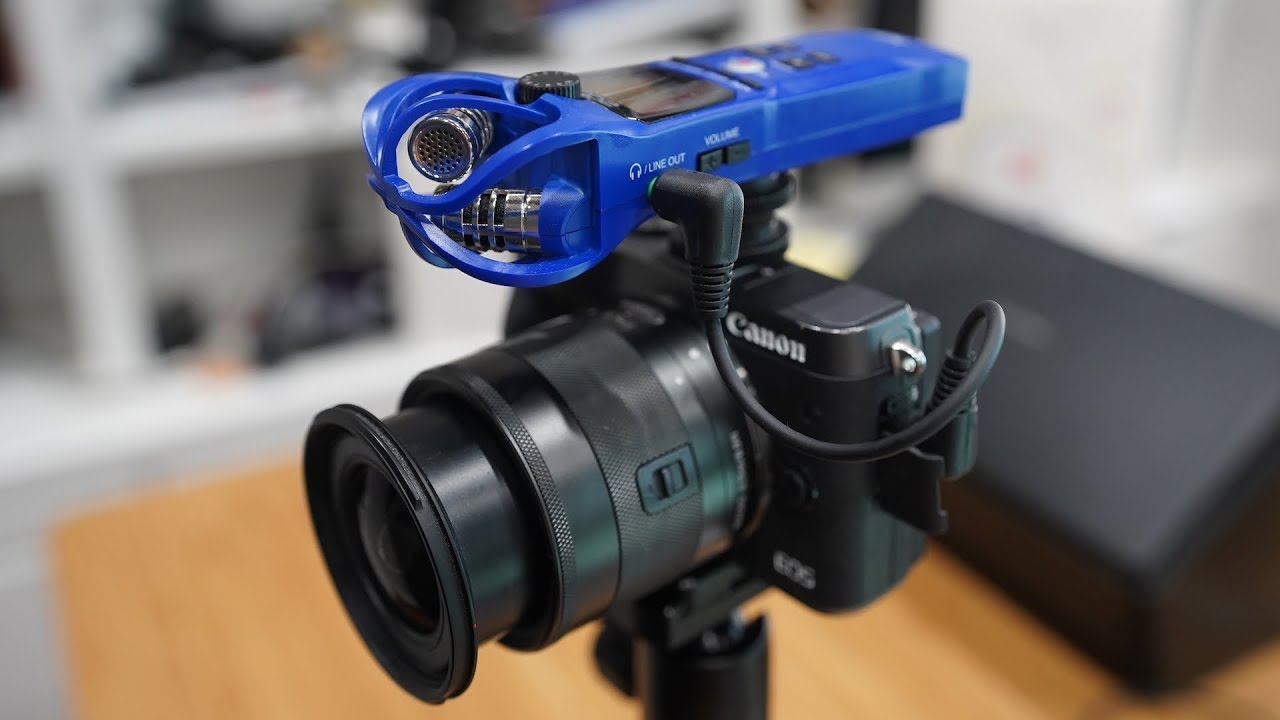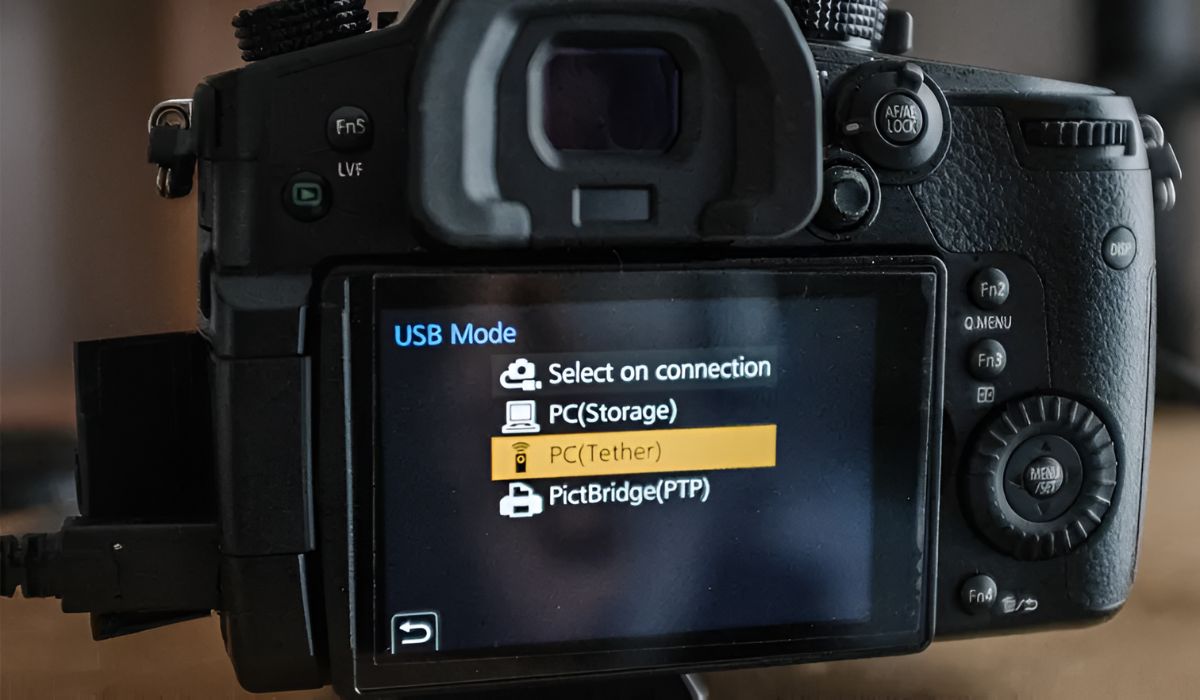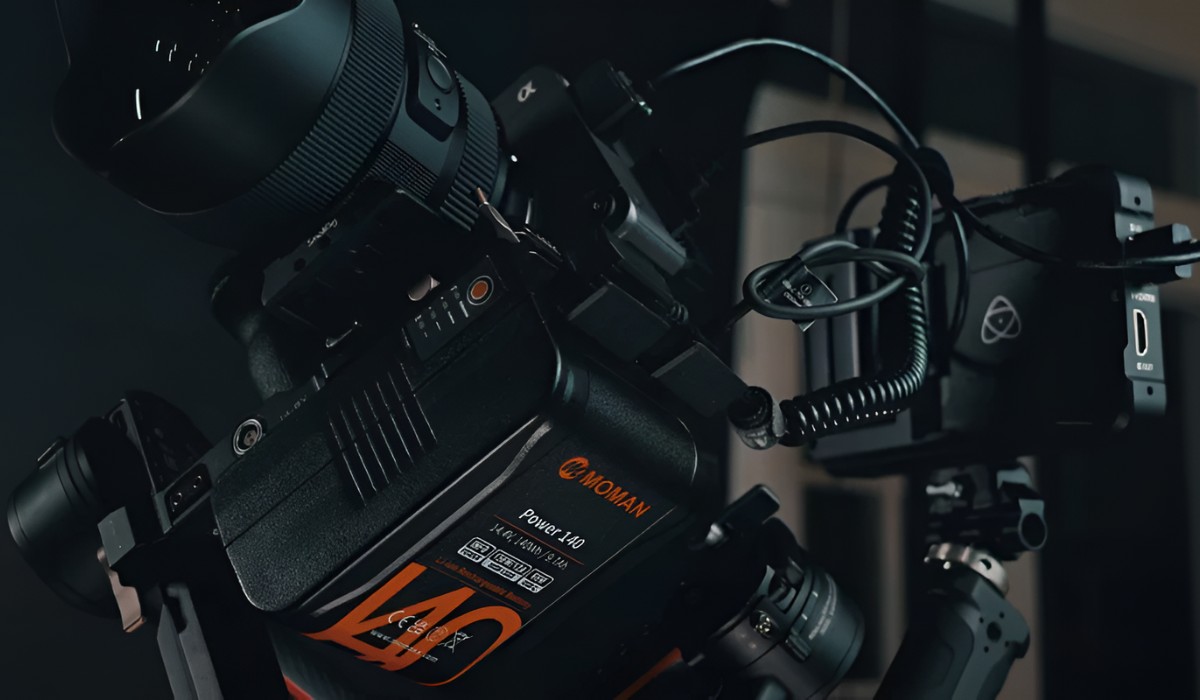Introduction
Introduction
If you're an avid videographer, you've likely encountered the frustrating scenario of your camcorder reaching its storage capacity at the most inopportune moment. Whether you're documenting a family vacation, capturing precious milestones, or shooting a professional project, running out of storage space can put a damper on your creative flow. However, there's no need to panic when your camcorder is full. By employing some savvy strategies, you can efficiently manage your footage, free up space, and continue filming without interruptions. In this guide, we'll explore practical solutions to address the issue of a full camcorder, ensuring that you can keep recording the moments that matter most.
When faced with a full camcorder, it's essential to assess your options and take proactive steps to manage your footage effectively. From transferring files to a computer to investing in larger memory cards and utilizing cloud storage services, there are numerous approaches to address this common challenge. By understanding these methods and implementing them as needed, you can navigate the constraints of limited storage and maintain your creative momentum. Let's delve into each of these strategies in detail, equipping you with the knowledge and tools to optimize your camcorder's storage capacity.
Transfer Footage to a Computer
When your camcorder is nearing full capacity, one of the most immediate and effective solutions is to transfer your footage to a computer. This process not only frees up valuable space on your camcorder but also provides a secure backup of your videos. To begin, connect your camcorder to your computer using a compatible USB cable or memory card reader. Once connected, locate the video files on your camcorder and transfer them to a designated folder on your computer’s hard drive.
By transferring your footage to a computer, you can easily organize and categorize your videos, making it convenient to access and edit them as needed. Additionally, this method allows for seamless integration with video editing software, enabling you to refine and enhance your footage with ease. It’s important to ensure that your computer has sufficient storage space to accommodate the transferred files, and consider creating backups on external hard drives or cloud storage for added security.
Moreover, transferring footage to a computer facilitates the sharing of your videos with friends, family, or collaborators. Whether you’re creating a personal montage or collaborating on a professional project, having your footage readily accessible on a computer streamlines the process of sharing and collaborating. This approach not only alleviates the storage burden on your camcorder but also enhances the accessibility and versatility of your video content.
Delete Unwanted Footage
When confronted with a full camcorder, it’s essential to declutter and free up space by deleting unwanted footage. Begin by reviewing your videos and identifying segments that are redundant, low-quality, or no longer serve a purpose. By carefully curating your footage, you can prioritize the preservation of meaningful and high-quality content while discarding unnecessary or repetitive clips.
Deleting unwanted footage not only creates room for new recordings but also streamlines the organization and management of your video library. This process allows you to maintain a lean and purposeful collection of videos, making it easier to navigate and work with your content. Additionally, by eliminating superfluous footage, you can optimize the performance of your camcorder and enhance its overall efficiency.
It’s important to exercise discretion when deleting footage, ensuring that you retain essential and valuable content while eliminating extraneous or obsolete clips. Consider the storage capacity of your camcorder and the nature of your upcoming projects as you make decisions about which footage to remove. By adopting a selective approach to deleting unwanted footage, you can maintain a cohesive and high-quality video library while maximizing the available storage space on your camcorder.
Invest in a Larger Memory Card
When grappling with a full camcorder, investing in a larger memory card presents a practical and immediate solution to expand your storage capacity. Upgrading to a higher-capacity memory card allows you to continue filming without interruptions and provides the flexibility to capture extended footage without the constraints of limited space. Before purchasing a new memory card, ensure compatibility with your camcorder and consider the optimal storage capacity based on your filming needs and preferences.
By opting for a larger memory card, you can capture prolonged recordings, especially during events or situations where frequent file management may be impractical. This approach minimizes the need for frequent transfers or deletions of footage, allowing you to focus on capturing moments without the worry of running out of storage space. Additionally, a larger memory card offers convenience and peace of mind, particularly in scenarios where immediate access to additional storage may not be feasible.
Furthermore, upgrading to a larger memory card aligns with the evolving demands of videography, especially in high-resolution and extended-duration filming. Whether you’re documenting special occasions, creating content for online platforms, or capturing professional footage, a spacious memory card provides the necessary room to accommodate your creative pursuits. This investment not only addresses the immediate challenge of a full camcorder but also enhances your capacity to capture and preserve meaningful moments with ease.
Back Up Footage to External Storage
Backing up your footage to external storage devices serves as a crucial safeguard against data loss and allows you to efficiently manage the content on your full camcorder. External hard drives, solid-state drives (SSDs), and network-attached storage (NAS) devices offer ample storage space and robust backup solutions for your videos. By transferring your footage to these external storage options, you create redundancy and mitigate the risk of losing valuable content due to camcorder malfunctions or storage limitations.
When backing up footage to external storage, it’s advisable to organize your videos systematically, creating a coherent file structure that aligns with your workflow and content categories. This approach streamlines the retrieval and management of your videos, ensuring that you can access specific footage promptly when needed. Additionally, labeling and cataloging your external storage drives enhance the accessibility and archival efficiency of your video library.
Moreover, external storage devices offer portability and versatility, allowing you to transport and access your backed-up footage across different computing platforms and environments. Whether you’re collaborating with colleagues, editing videos on various workstations, or archiving content for future projects, the flexibility of external storage facilitates seamless access to your videos. This mobility and accessibility are especially valuable when your camcorder is full, as you can offload content to external drives and continue filming without interruptions.
Use Cloud Storage Services
Embracing cloud storage services offers a modern and flexible approach to managing your camcorder’s full storage capacity. Platforms such as Google Drive, Dropbox, and OneDrive provide secure and expansive storage options for your video files, enabling seamless access and backup from any internet-connected device. By leveraging cloud storage, you can alleviate the constraints of physical storage devices and ensure the safety and accessibility of your footage.
Cloud storage services facilitate effortless synchronization of your videos across multiple devices, allowing you to access and manage your footage from smartphones, tablets, and computers. This versatility enables you to work on your videos from various locations without being tethered to a specific storage device, enhancing your mobility and workflow efficiency. Additionally, cloud storage mitigates the risk of data loss due to hardware failures or unforeseen circumstances, providing a reliable backup solution for your valuable video content.
Furthermore, cloud storage offers collaborative opportunities, enabling seamless sharing and editing of your videos with collaborators and clients. Whether you’re collaborating on a creative project or sharing personal videos with family and friends, cloud-based platforms facilitate secure and controlled access to your footage. This collaborative functionality enhances the versatility of cloud storage, making it an ideal solution for managing and distributing your videos when your camcorder’s storage is nearing capacity.
Edit and Compress Footage
Editing and compressing your footage presents a strategic approach to managing a full camcorder while optimizing storage space without sacrificing video quality. Video editing software, such as Adobe Premiere Pro, Final Cut Pro, or DaVinci Resolve, empowers you to refine and enhance your videos while efficiently managing file sizes. By trimming unnecessary segments, applying visual enhancements, and adjusting audio elements, you can craft compelling narratives and polished content while conserving storage space.
Compressing your videos using industry-standard codecs, such as H.264 or HEVC (H.265), reduces file sizes without compromising visual integrity, making them more manageable and shareable. This compression technique is particularly beneficial when working with high-resolution footage or extended recordings, as it minimizes storage requirements while preserving the essence of your videos. Additionally, compressed videos are conducive to seamless playback and sharing across various platforms and devices.
Furthermore, video editing software offers the flexibility to create montages, highlight reels, and condensed versions of your footage, allowing you to convey compelling narratives within concise durations. By curating and condensing your videos, you can showcase the most impactful moments while optimizing storage efficiency. This approach is especially valuable when your camcorder is full, as it enables you to distill the essence of your recordings without compromising their visual appeal.
Consider Upgrading to a New Camcorder
When confronted with persistent storage limitations and evolving videography needs, considering an upgrade to a new camcorder can offer a comprehensive solution to the challenges posed by a full storage capacity. Newer camcorder models often feature advanced recording formats, higher-resolution capabilities, and enhanced storage options, providing a compelling incentive to transition to a more capable device.
Upgrading to a new camcorder equips you with expanded storage capacities, enabling prolonged recording sessions and reduced frequency of file management. Additionally, modern camcorders may incorporate efficient compression algorithms and versatile storage media, allowing you to optimize storage space without compromising video quality. This enhanced storage infrastructure alleviates the constraints of a full camcorder, empowering you to focus on capturing and preserving moments without interruptions.
Furthermore, new camcorders often integrate innovative features such as built-in Wi-Fi connectivity, cloud-based recording options, and seamless data transfer capabilities, enhancing the accessibility and management of your video content. These advancements streamline the process of offloading, organizing, and accessing your footage, providing a cohesive and efficient workflow that aligns with contemporary videography demands.
Moreover, upgrading to a new camcorder presents an opportunity to embrace cutting-edge video technologies, including improved image stabilization, enhanced low-light performance, and expanded dynamic range. These advancements not only elevate the visual quality of your recordings but also contribute to a more immersive and professional videography experience. By leveraging the capabilities of a new camcorder, you can elevate the quality and efficiency of your video productions while addressing the storage challenges associated with a full camcorder.







